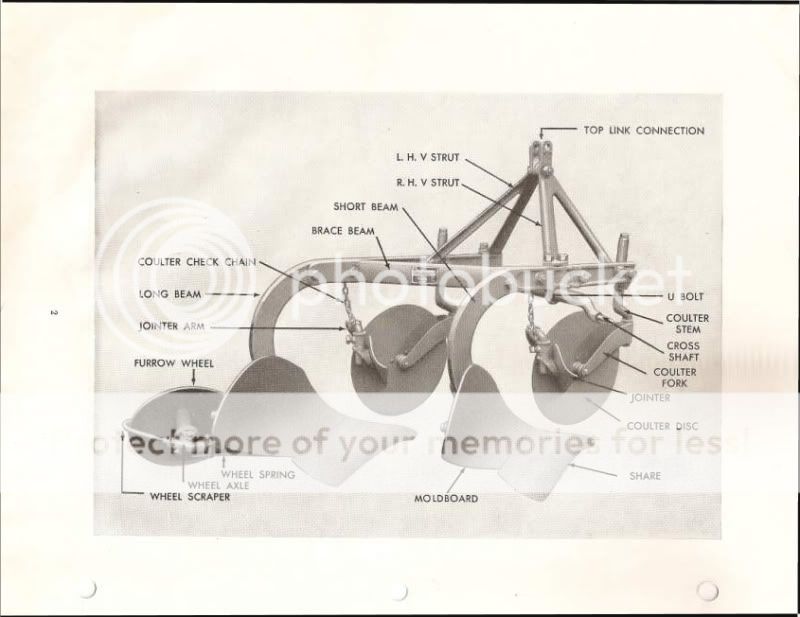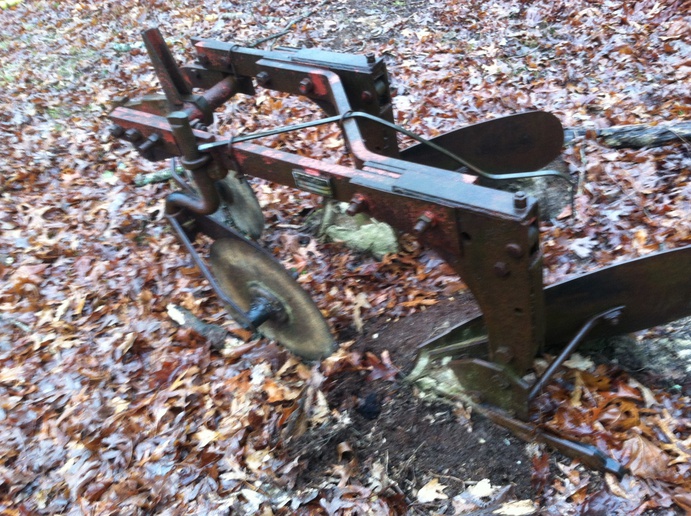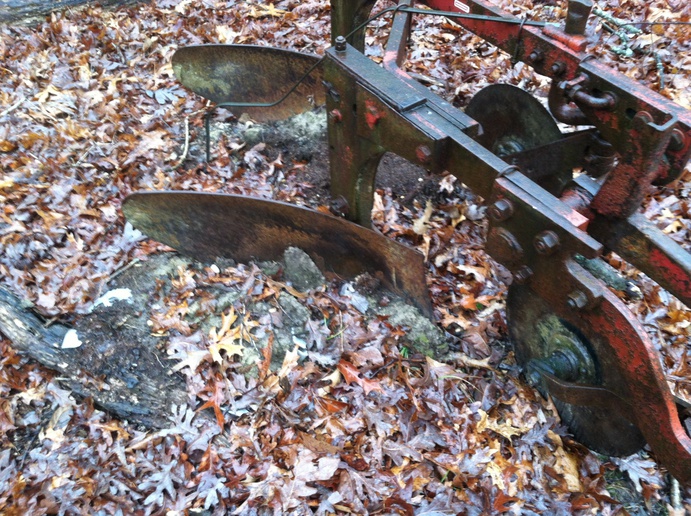First let me state, I'm NOT a Farmer, I'm a MINER, but I'm trying to understand all of the different parts of a plow and how they relate to each other. As I understand it, the "shin" and the "share" do the actual cutting and loosening of the soil, while the "moldboard" rolls the soil off to the side of the furrow, and the "frog" ties it all together and fastens to the shank.
Is this correct? - Now, what is the "landside" for?
Thanks in advance for helping me understand it.
Doc
Is this correct? - Now, what is the "landside" for?
Thanks in advance for helping me understand it.
Doc







